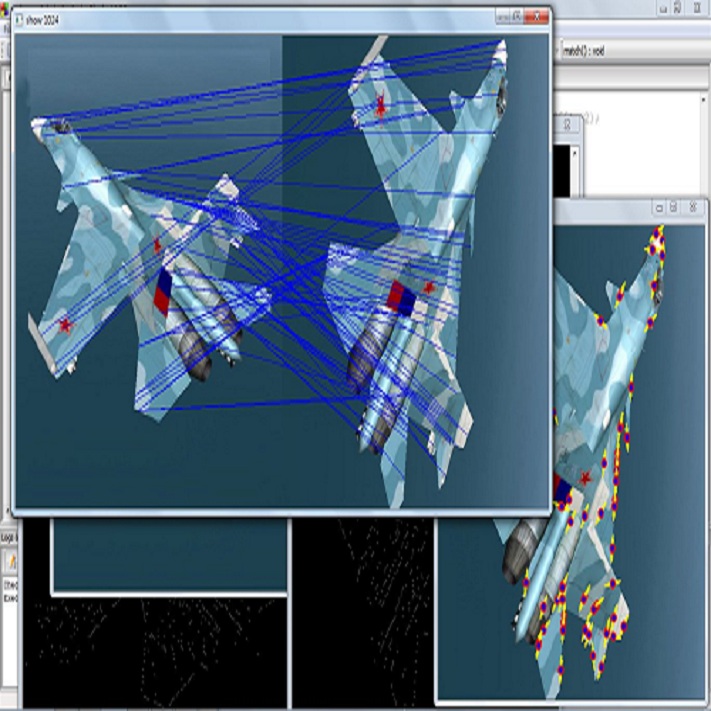Reduced-order models (ROMs) remain generally unreliable for convection-dominated problems, such as those encountered in hypersonic flows, due to the slowly decaying Kolmogorov $n$-width of linear subspace approximations, known as the Kolmogorov barrier. This limitation hinders the accuracy of traditional ROMs and necessitates impractical amounts of training data during the offline phase. To address this challenge, we introduce a novel landmark-based registration procedure tailored for ROMs of convection-dominated problems. Our approach leverages limited training data and incorporates a nonlinear transformation of the data using a landmark-based registration technique combined with radial basis function (RBF) interpolation. During the offline phase, we align dominant convective features in a reference domain, resulting in a rapid decay of error relative to the reduced space dimension. Landmarks are generated through a three-step process: (1) detecting shocks via edge detection techniques, (2) sampling using Monte Carlo methods, and (3) domain partitioning with $k$-means clustering, where cluster centroids serve as landmarks. Accurate landmark correspondence is achieved by minimizing pairing distances for similar features. The online phase integrates standard minimum-residual ROM methodologies, extending the optimization space to include admissible domain mappings. We validate our approach on two test cases: a space-time Burgers' equation parameterized by the initial condition, and a hypersonic viscous flow over a cylinder parameterized by the Mach number. Results demonstrate the efficacy of the proposed method in overcoming the Kolmogorov barrier and enhancing the reliability of ROMs for convection-dominated problems.
翻译:暂无翻译



